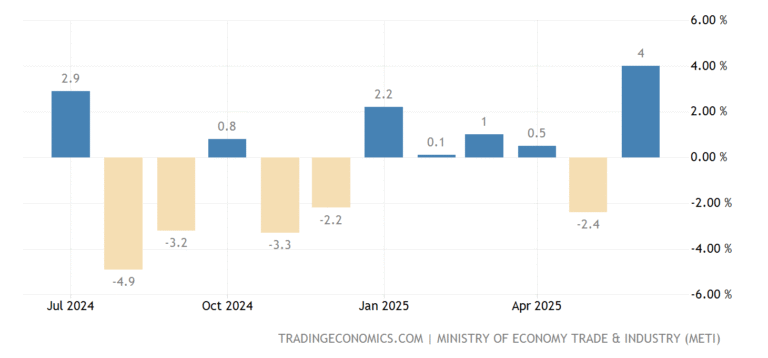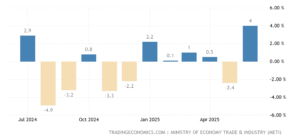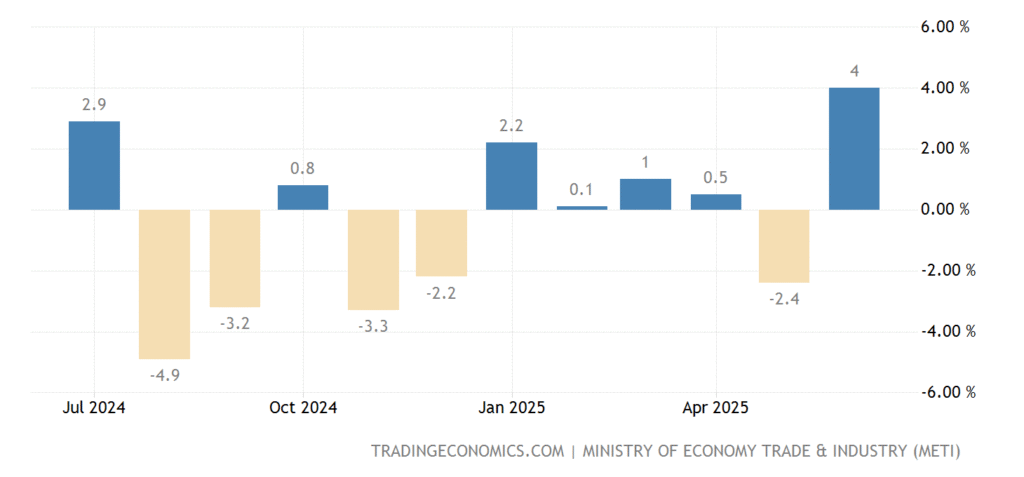A coffee shop in Singapore receives payment in a digital yuan from a tourist visiting from Beijing. A small textile factory in Pakistan settles an invoice from a European buyer in USDC, avoiding bank delays and costly foreign exchange. Meanwhile, a freelance artist in Canada gets paid in Bitcoin by a client in Brazil, instantly converting it to a central bank digital currency (CBDC) in her wallet to pay for groceries.
These are not futuristic scenarios — they are glimpses of a financial reality that is rapidly unfolding. The convergence of central bank digital currencies, cryptocurrencies, and stablecoins is ushering in a new era for global payments, one where speed, accessibility, and interoperability define how money moves across the planet.
From Paper and Plastic to Digital Value
For centuries, money has evolved from physical coins to paper notes to plastic cards. Now, the shift is accelerating toward entirely digital formats. CBDCs bring state-backed trust and regulatory oversight. Cryptocurrencies deliver decentralization and borderless transactions. Stablecoins provide value stability without sacrificing the efficiency of blockchain settlement.
Rather than one replacing the others, the future points toward a blended system — an interconnected network of payment types that can be exchanged and converted seamlessly in real time.
CBDCs: The Government-Backed Foundation
CBDCs are designed to modernize national payment systems, reduce transaction costs, and strengthen monetary policy tools. They provide instant settlement, eliminate certain intermediaries, and offer a digital equivalent to cash that is accessible through official banking channels.
For global trade, CBDCs could streamline cross-border settlements if central banks develop interoperable standards. However, differing regulations, technology choices, and privacy policies may limit seamless international adoption in the short term.
Cryptocurrencies: Borderless and Decentralized
Bitcoin, Ethereum, and other cryptocurrencies continue to thrive in parallel with CBDC development. While volatility limits their role in everyday retail payments, they excel in peer-to-peer transfers, censorship-resistant transactions, and as an alternative store of value in unstable economies.
Their open, permissionless nature enables global participation without requiring traditional bank accounts. For businesses and individuals seeking autonomy and flexibility, cryptocurrencies will remain a critical option — especially in jurisdictions with strict currency controls.
Stablecoins: The Practical Middle Ground
Stablecoins bridge the gap between volatility and speed. Pegged to stable assets like the U.S. dollar, they enable fast, predictable payments across borders. Their role in commerce is expanding — from e-commerce settlements to international payroll — with platforms like Voyallet enabling merchants and individuals to accept, hold, and spend stablecoins alongside other digital and fiat currencies.
In countries facing inflation or weak banking infrastructure, stablecoins offer an immediate lifeline to value stability, making them an increasingly common tool in both retail and wholesale transactions.
Convergence: Where the Three Worlds Meet
The next phase of the digital payment revolution will see CBDCs, cryptocurrencies, and stablecoins operating within a single ecosystem. Imagine a point-of-sale terminal that accepts all three forms of payment, converting them instantly into the merchant’s preferred currency. Or a remittance app that lets a sender choose between a CBDC, Bitcoin, or USDC based on cost, speed, and availability — all within a unified interface.
This convergence will be powered by multi-functional wallets, payment gateways, and clearing platforms capable of integrating across networks. Tools like Voyallet exemplify this trend, offering users the ability to move fluidly between decentralized and state-backed assets without needing multiple apps or accounts.
Opportunities for Global Commerce
- Faster Settlements: Reduced clearing times free up working capital and improve cash flow for businesses.
- Lower Costs: Eliminating multiple intermediaries cuts fees for both merchants and consumers.
- Expanded Market Reach: Accepting diverse payment types enables access to customers in underbanked or high-friction regions.
- Resilience Against Currency Risk: Stablecoins and cryptocurrencies can hedge against local currency volatility.
Challenges and Risks
- Regulatory Complexity: Navigating compliance across multiple jurisdictions remains a major hurdle.
- Cybersecurity Threats: As value moves digitally, robust wallet and platform security are essential.
- Interoperability Gaps: Without shared technical standards, cross-system transfers may remain fragmented.
- Consumer Education: Widespread adoption depends on making these tools accessible and understandable to the general public.
The Human Impact
Beyond technical infrastructure and economic policy, the digital payment revolution is deeply personal. For a gig worker in the Philippines, faster payments mean more money for rent and food. For a refugee in Eastern Europe, stablecoins may be the only safe way to receive funds from family abroad. For a small business owner in Africa, CBDC acceptance could open the door to international trade without prohibitive bank fees.
The convergence of these technologies has the potential to make global commerce more inclusive, reducing barriers that have historically excluded millions from participating in the global economy.
Actionable Steps for Today
- Adopt Multi-Currency Payment Solutions: Ensure your systems can handle CBDCs, cryptocurrencies, and stablecoins.
- Partner with Trusted Wallet Providers: Use platforms like Voyallet that combine security with multi-asset compatibility.
- Educate Your Network: Help employees, partners, and customers understand how to use these payment options safely.
- Monitor Policy Developments: Regulatory shifts could affect how these payment types can be used and converted.
Looking Ahead
The new payment era will not arrive overnight, nor will it be a clean replacement of old systems. Instead, we will see a gradual blending of traditional finance and digital innovations, with CBDCs, cryptocurrencies, and stablecoins each playing distinct but interconnected roles.
In this future, speed and accessibility will be standard, not luxury. Borders will matter less in how money moves. And individuals, not just institutions, will have the tools to participate fully in the global economy.
For businesses and individuals who prepare now, the coming decade offers more than just change — it offers the chance to be part of a financial revolution that will define the next generation of global commerce.













